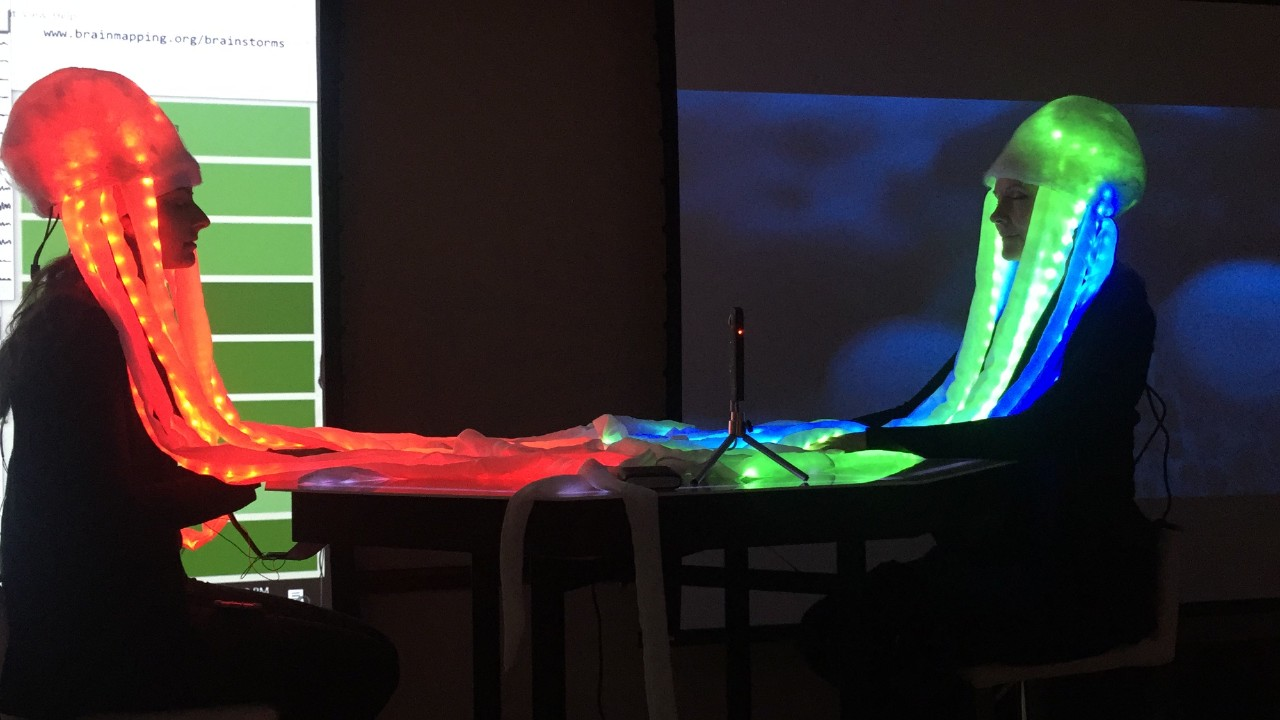
Figure 1: In the Forest by Shishkin Ivan
Neuroscience is a fairly new phenomenon, yet its range and multitude of discoveries have been astounding. For artists in particular, they find a strong fascination with neuroscience as it controls one’s entire being; both physically and by personality. Dr. Daniel Jay’s lecture explores this aspect through the ability to see things in response to the brain’s signals for navigation, protection from threats, recognition, and social interaction. Dr. Jay tested these aspects by asking students to stare at the art piece: “In the Forest” by Shishkin Ivan for 30 seconds. He then had students trace where their eyes flowed in the painting to recognize certain objects and find connection like the human in the piece. This experiment helped Dr. Jay better understands the mind as the retina in our eyes communicate with the optic nerve to process patterns in the thalamus for information. By scientifically establishing how the eyes’ retina acts as a visual processor for our minds, artists are able to create art that attracts the eyes like sharper contrasts for the eyes to distinguish or lines that allows the eyes to follow along. These guidelines don’t make art restrictive but rather more of a challenge to be creative with the space. Figure 2 acts as an example of being able to mimic a 3D perspective despite a 2D platform.

Figure 2: Perspectives from "Circle Line Art School"
What’s interesting though is that neuroscience can be applied to animals as well. Victoria Vesna’s performative piece: Octopus Brainstorming explores our relationship as humans with animals, particularly enigmatic octopus. Octopus are intelligent creatures, yet because of their classifications as sea animals, they are not viewed as unequal to humans. The piece was meant to stimulate how octopus communicate and develop empathy for them and include them as a part of the overall ecosystem. Neuroscience and art have such a connection with each other to allow for better understanding and how to apply art into the mechanics of the brain.

Figure 3: Octopus Heads from "Planetary Re-Enchantment: Human-Animal Entanglements in Victoria Vesna’s Octopus Brainstorming"
References:
1) Cristina Albu. www.sfu.ca/cmajournal/issues/issue-ten--enchantment--disenchantment--reenchantment/cristina-albu.html?fbclid=IwAR1twyrqbeKqNrJSUXSihLVGvX_D9ARndxDv3USnw2pTENE_iXHJtIo8v54.
2) Vesna, Victoria “Consciousnes/Mind” Lecture Part 1. DESMA 9. UCLA. 16 May. 2024
3) Jay, Daniel “NEUROSCIENCE + ART with Daniel Jay” Lecture. DESMA 9. UCLA. 16 May. 2024
4) Circle Line Art School. “How to Draw a City Street in One Point Perspective: Narrated.” YouTube, 13 Dec. 2014, www.youtube.com/watch?v=oRYhzrZ8G_Y.
5) File:Shishkin Ivan the Forest of Countess Mordvinova 1891.jpg - Wikimedia Commons. commons.wikimedia.org/wiki/File:Shishkin_Ivan_The_Forest_of_Countess_Mordvinova_1891.jpg.




Hi Jaela, I love how you included Ivan's painting and I also stared at the painting for 30 seconds. It's amazing how your brain forces you to focus on the human in the painting because it's odd to see a person standing alone in the woods. There's a million other things to focus on but since we see something out of place we tend to focus on that more. Your point about animals is also valid as many animals share a lot of characteristics similar to humans but since we don't look or communicate the same way, we look down upon them. recently, however, we started taking more liberties to communicate with different species of animals, so maybe we'll close the gap soon enough.
ReplyDelete